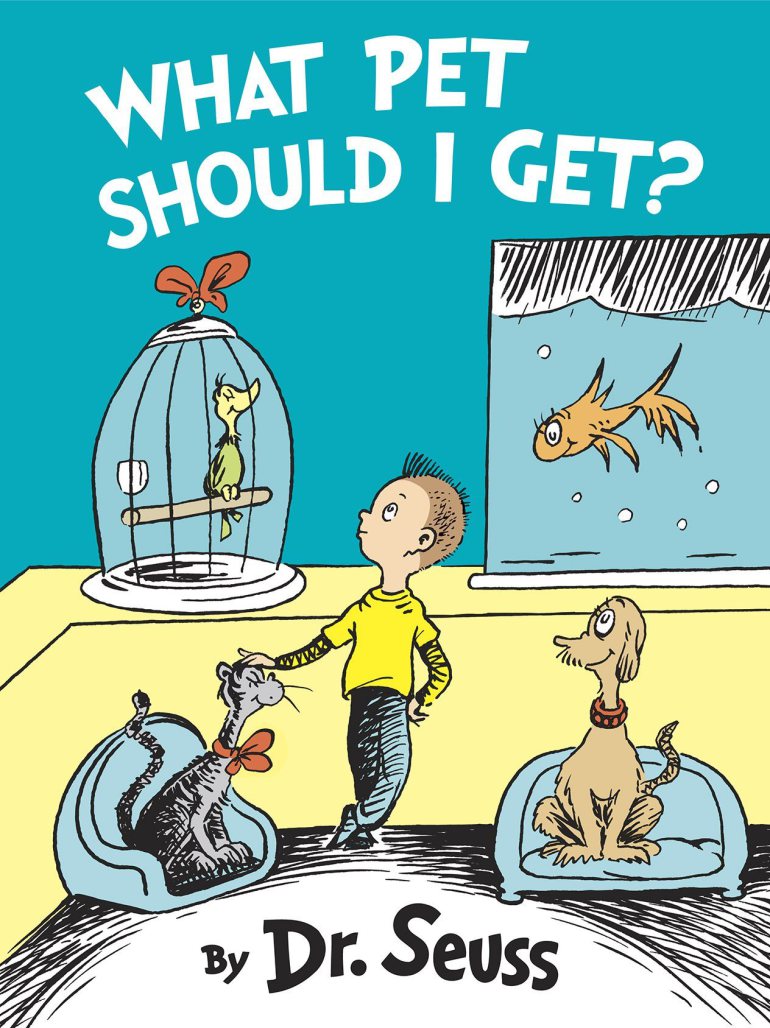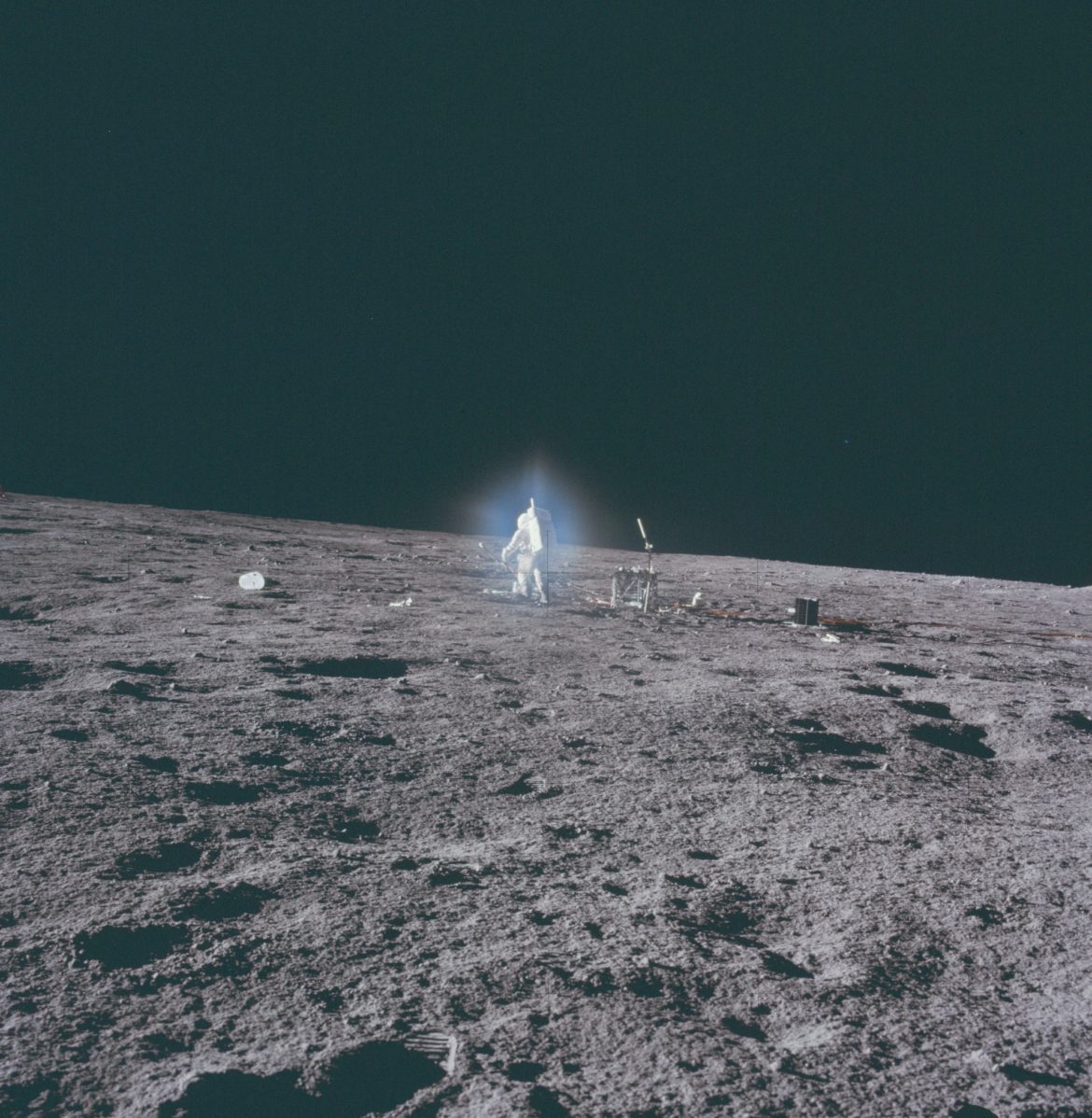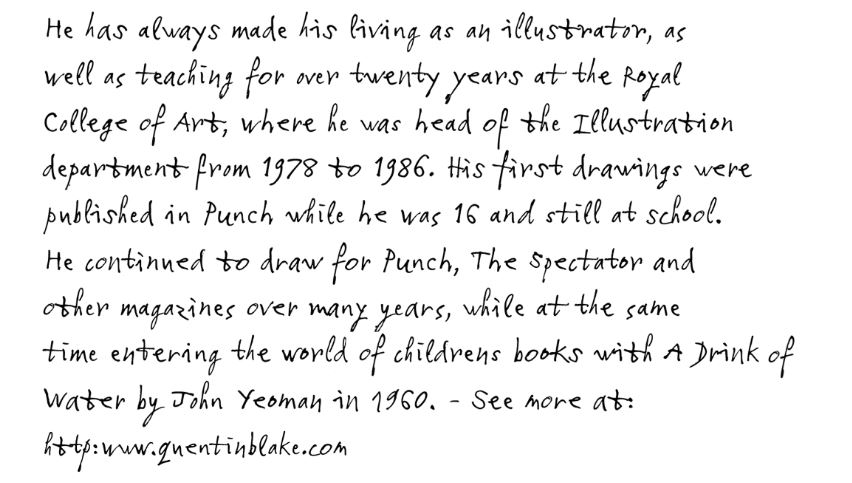Cory Doctorow and his daughter, Posey, have a regular sushi date. “Every week or two, we visit a different sushi restaurant, usually near our place in Burbank, and have a (usually) fantastic meal. We bring along a little notebook and take notes and keep scores on everything we try, and then (usually) we give the restaurant an overall rating.” They call it the Sushi Chronicles. What a cute idea.
book
The David Bowie Book Club
Back in 2013, David Bowie released a list of his top 100 must-read books. It is no secret that the late music icon had an insatiable appetite for learning and enlightenment through reading. As a result, there are some real gems on his list. Duncan Jones, David Bowie’s son, announced on Twitter that he’d like to start up an impromptu book club focused on the list. The first choice is Hawksmoor by Peter Ackroyd
My dad was a beast of a reader. One of his true loves was Peter Ackroyd’s sojourns into the history of Britain & its cities. I’ve been feeling a building sense of duty to go on the same literary marathon in tribute to dad. Time allowing…#Read-ItBig’nsTheBrain
— Duncan Jones (@ManMadeMoon) December 27, 2017
Alright gang! Anyone who wants to join along, we are reading Peter Ackroyd’s “Hawksmoor,” as an amuse cerveau before we get into the heavy stuff. You have until Feb 1. ❤️
— Duncan Jones (@ManMadeMoon) December 27, 2017
For those of you playing along at home, a deadline of February 1st means you had better get crackin’. You’ll be hard-pressed to find an English copy of Hawksmoore on Amazon for less than $200. Reviews of the book are VERY mixed. It will be interesting to see what the David Bowie Book Club thinks of it. You can follow along on Duncan Jones’ twitter page.
Alright, you. Let’s do this! pic.twitter.com/U1QvNmtjGi
— Duncan Jones (@ManMadeMoon) December 30, 2017
#BowieBookClub
The Moon 1968–1972
During all six of NASA’s manned lunar landings, astronauts were armed and trained to use modified Hasselblads. During the Apollo missions, NASA’s astronauts took photos of moon landings, moon walks, the lunar surface, the horizon, and the Earth with these cameras. The results included over 20,000 photographs by 13 astronauts over six lunar landing missions. This huge trove of photographs are cataloged at The Project Apollo Archive. NASA also released a large number of these photos on Flickr back in 2015. The photo above is one of my favorites from this collection.
Though shot originally for scientific purposes, many of the photos have an extraordinary aesthetic value that encompasses an inadvertently artful composition. The fine folks at T. Alder Books have sorted through the nearly 15,000 of these photos and came up with 45 images that consist of “unintended artful compositions†and a “beautiful, deft outtake quality,â€. The collection will be released in a book entitled The Moon 1968–1972 that will be released later this month.
At a time when archival images are often hastily assembled into digital galleries that get passed around briefly on social media, it’s especially satisfying to sit with an affordable ($18), carefully edited, designed and printed archive of photographs of historical significance and esthetic value. Texts include excerpts from a speech President John F. Kennedy made about the Apollo program, and from an E.B. White story for The New Yorker recalling the first moon landing.
Introducing The Quentin Blake Typeface
If you have ever read a children’s book illustrated by Sir Quentin Blake, you are probably familiar with Blake’s playful and original handwriting style. The folks at Monotype were tasked with creating a typeface that replicated the unique form of Blake’s writing in an authentic and natural way.
Monotype’s solution included using four subtly different variants of each letter that was selected from a large collection of writing samples. The variants allow for the typeface to seem to have random alterations and diversity among the letters, making it appear more like handwriting. The result is a typeface that doesn’t just look like Sir Quentin Blake’s writing, it acts like it too.
via Kottke
First New Dr. Seuss Book In 25 Years
 Image via Random House
Image via Random House
The first new Dr. Seuss book in 25 years, was released yesterday! “What Pet Should I Get?”” was discovered in a pile of papers by Audrey Geisel (Dr. Seuss’s wife) shortly after his death in 1991. It is thought that he wrote and illustrated the book sometime between 1958 and 1962. And there are more unpublished books from that posthumously discovered pile of papers to come!
I have read “Hop on Pop” to my son so many times I have it committed to memory. I sure he’ll like this new one too.
Mad Men Reading List
The New York Public Library (NYPL) has created a Mad Men Reading List, a collection of 25 titles read by the main characters during the course of the series. These titles are a great way to gain insight into the social and cultural eras in which the series takes place.
DON DRAPER’S PICKS
- Exodus
by Leon Uris
(Episode 106 “Babylonâ€) - The Best of Everything
by Rona Jaffe
(Episode 106 “Babylonâ€) - Meditations in an Emergency
by Frank O’Hara
(Episode 201 “For Those Who Think Youngâ€) - The Sound and the Fury : The Corrected Text with Faulkner’s Appendix
by William Faulkner
(Episode 211 “The Jet Setâ€) - The Chrysanthemum and the Sword
by Ruth Benedict
(Episode 405 “The Chrysanthemum and the Swordâ€) - The Spy Who Came in from the Cold: A George Smiley Novel (George Smiley Novels)
by John Le Carre
(Episode 413 “Tomorrowlandâ€) - The Fixer
by Bernard Malamud
(Episode 507 “At the Codfish Ballâ€) - Odds Against
by Dick Francis
(Episode 509 “Dark Shadowsâ€) - The Inferno
by Dante Alighieri
(Episode 601-2 “The Doorwayâ€) - The Last Picture Show
by Larry McMurtry
(Episode 607 “Man With a Planâ€) - Portnoy’s Complaint
by Philip Roth
(Episode 704 “The Monolithâ€)
ROGER STERLING’S PICK
- Confessions of an Advertising Man
by David Ogilvy
(Episode 307 “Seven Twenty Threeâ€)
JOAN HARRIS’S PICK
- Lady Chatterley’s Lover
by D. H. Lawrence
(Episode 103 “Marriage of Figaro”)
BERT COOPER’S PICK
- Atlas Shrugged
by Ayn Rand
(Episode 108 “The Hobo Codeâ€)
BETTY DRAPER’S PICKS
- Babylon Revisited: And Other Stories
by F. Scott Fitzgerald
(Episode 204 “Three Sundaysâ€) - The Group
by Mary McCarthy
(Episode 310 “The Color Blueâ€)
PETE CAMPBELL’S PICKS
- The Crying of Lot 49
by Thomas Pynchon
(Episode 508 “Lady Lazarusâ€) - Goodnight Moon
by Margaret Wise Brown
(Episode 511 “The Other Womanâ€)
SALLY DRAPER’S PICKS
- The Decline and Fall of the Roman Empire
by Edward Gibbon
(Episode 303 “My Old Kentucky Homeâ€) - The Twenty-One Balloons
by William Pene Du Bois
(Episode 405 “The Chrysanthemum and the Swordâ€) - Nancy Drew: The Clue of the Black Keys
by Carolyn Keene
(Episode 409 “The Beautiful Girlsâ€) - The Black Cauldron
by Lloyd Alexander
(Episode 509 “Dark Shadowsâ€) - Rosemary’s Baby
by Ira Levin
(Episode 608 “The Crashâ€)
LANE PRYCE’S PICK
- Adventures of Tom Sawyer
by Mark Twain
(Episode 306 “Guy Walks Into an Advertising Agencyâ€)
HENRY FRANCIS’S PICK
- Adventures of Huckleberry Finn
by Mark Twain
(Episode 306 “Guy Walks Into an Advertising Agencyâ€)
Billy Parrott has also written a more comprehensive blogpost that lists books seen on shelves and lying around on tables during the show.
A list Of The 100 All-Time Best Film Noir And Neo-Noir Movies
1920-1959
1920
- The Cabinet of Dr. Caligari
1927
- The Lodger
1931
- M<
1938
- Port of Shadows
1940
- Rebecca
1941
- High Sierra
- The Maltese Falcon
1943
- Shadow of a Doubt
- Ossessione
1944
- Phantom Lady
- Double Indemnity
- Gaslight
- Laura
- The Woman in the Window
- Murder, My Sweet
1945
- Hangover Square
- Mildred Pierce
- Detour
- The Lost Weekend
- The Spiral Staircase
- Leave Her to Heaven
1946
- Gilda
- The Postman Always Rings Twice
- Notorious
- The Big Sleep
- The Killers
1947
- Body and Soul
- Nightmare Alley
- Out of the Past
- T-Men
- The Lady from Shanghai
1948
- The Treasure of the Sierra Madre
- Call Northside 777
- They Live by Night
- Force of Evil
1949
- Champion
- The Third Man
- White Heat
1950
- Gun Crazy
- Night and the City
- In a Lonely Place
- The Asphalt Jungle
- Sunset Boulevard
1952
- The Thief
1953
- Poison Ivy
- Pickup on South Street
1954
- Rear Window
1955
- Diabolique
- The Big Combo
- Rififi 366
- Kiss Me Deadly
- The Night of the Hunter
1956
- The Killing
- Foreign Intrigue
1957
- Sweet Smell of Success
1958
- Elevator to the Scaffold
- Touch of Evil
- Vertigo
- It Happened in Broad Daylight
- Murder by Contract
1959
- Odds Against Tomorrow
1960-2011
1960
- Purple Noon
- Peeping Tom
- Psycho
- Shoot the Piano Player
1962
- Cape Fear
1963
- High and Low
1966
- Blow-Up
1967
- Point Blank
- Le Samouraï
1971
- Get Carter
1972
- The Getaway
1974
- The Conversation
- Chinatown
1975
- The Passenger
1976
- Taxi Driver
1978
- The Driver
1981
- Diva
- Blow Out
- Prince of the City
- Body Heat
- Clean Slate
1982
- Blade Runner
1985
- To Live and Die in L.A.
1986
- Blue Velvet
1987
- House of Games
1992
- Basic Instinct
- Bad Lieutenant
1994
- Pulp Fiction
1995
- Se7en
- Heat
1997
- L.A. Confidential
- Hana-Bi
1999
- The Limey
2000
- Memento
2005
- Sin City
2007
- No Country for Old Men
2008
- The Dark Knight
2010
- Black Swan
2011
- Drive
Some Say The World Will End In Fire, Some Say In Ice
This comic by Stuart McMillen is an adaptation from Neil Postman’s book Amusing Ourselves to Death: Public Discourse in the Age of Show Business. It compares Aldous Huxley’s “Brave New World” with George Orwell’s “1984”. With the recent revelations of NSA surveillance, I think the jury is still out on which vision is more correct. I think both Huxley and Orwell were right – the iron fist of government and the attention-sapping distractions of technology are dangers to modern society. The whole thing resonates quite loudly in today’s internet landscape.
David Bowie’s Top 100 Must Read Books
Earlier this year, before the “David Bowie Is” retrospective opened in Toronto, David Bowie revealed his top 100 must read books. The list provides a captivating look into the mind behind Ziggy Stardust and Major Tom. I like that Bowie’s list is expansive and diverse – including comics, autobiography, history, counter-culture, travel writing, poetry and lots of fiction. I also like that the books are relatively new, with only two selections being written before he was born. Bowie is known as “a voracious reader” who is reputed to read as much as “a book a day”. Here they are in reverse chronological order.
RGB Colorspace Atlas
This beautiful picture book by american artist Tauba Auerbach is titled RGB Colorspace Atlas. And rightfully so, for it is a complete, encyclopedic, display of the RGB gradient in a page-by-page index. The 3,632 page hardback measures 8â€x8â€x8″. It is gigantic and must have been a serious achievement for independent book binder Daniel E. Kelm at Wide Awake Garage.
…




